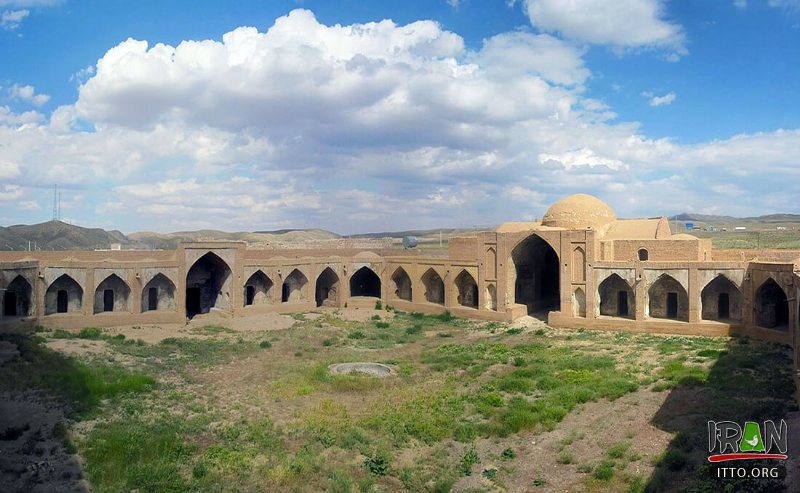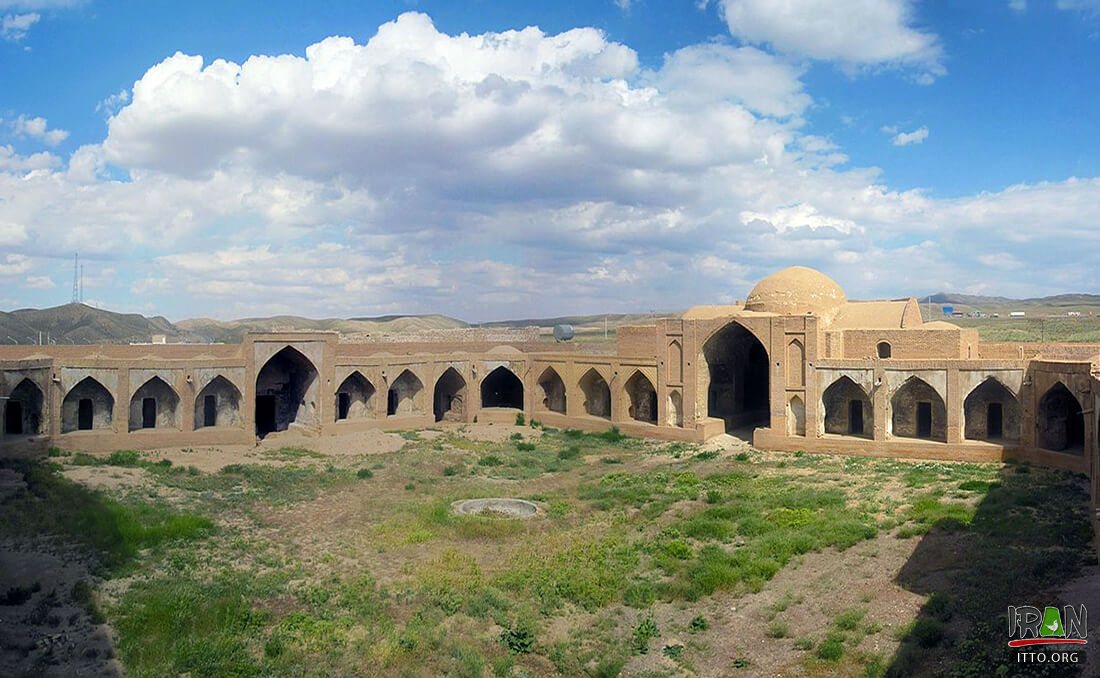The Shah Abbasi
Caravanserai, which was inscribed on the National Heritage list in 1973, is planned to be repurposed to a cultural center after being fully restored.
The monument was set free after the demolition of the surrounding fences and high walls, which was took place after obtaining the necessary permits and transferring inmates to a new prison.
The mud-brick structure is named after
Shah Abbas the Great (r. 1588–1629), who ordered the construction of such roadside inns across the country.
Extensions of the last few years and the parts that damage the original building are first removed under the supervision of cultural heritage experts, then the parts in need of restoration will undergo some rehabilitation works,
Semnan’s mayor Mohammad Nazem-Razavi as saying.
However, the interior of
the caravanserai is expected to be ready for people to visit in the
New Year’s holidays (starts on March 20), he added.
Last August Iran Cultural Heritage, Tourism, and
Handicrafts Minister Ali-Asghar Mounesan announced that
Semnan Municipality is ready to purchase the historical monument and turn it into a tourist complex. He also noted that using a historical structure as a prison is not that interesting and turning it into a cultural center could boost tourism in the region and attract more travelers.
Caravanserai is a compound word combining “caravan” with “Sara”. The first stand for a group of travelers and Sara means the building. They often had massive portals supported by elevated load-bearing walls. Guest rooms were constructed around the courtyard and stables behind them with doors in the corners of the yard.
Iran’s earliest caravanserais were built during the
Achaemenid era (550–330 BC). For many travelers to Iran, staying in or even visiting a centuries-old caravanserai can be a wide experience as they have an opportunity to feel the past, a time travel back into a forgotten age.



